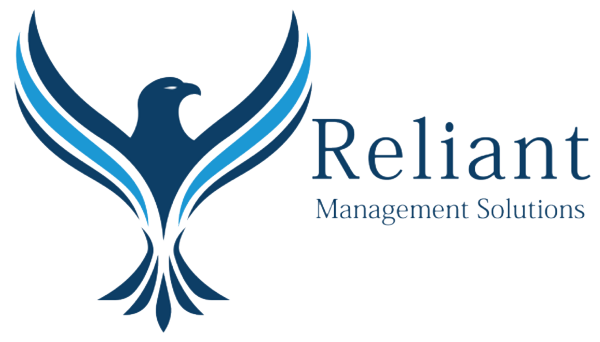APR stands for Annual Percentage Rate. It represents the cost of borrowing on a yearly basis, expressed as a percentage. For credit cards, APR refers to the interest rate charged on outstanding balances if you carry over a balance from one month to the next (revolve the debt).
Types of APR
Purchase APR: This is the interest rate applied to purchases made with the credit card if you carry a balance beyond the grace period (usually 20-25 days after the billing cycle ends). Purchase APRs can vary widely depending on the card issuer, your creditworthiness, and prevailing market rates.
Introductory APR: Some credit cards offer a lower or 0% APR for an initial period (typically 6-18 months) on purchases and/or balance transfers. This introductory period is designed to attract new cardholders or encourage balance transfers from other cards.
Balance Transfer APR: If you transfer balances from other credit cards to a new card, a balance transfer APR applies. This rate may differ from the purchase APR and can also vary based on the card issuer and your credit profile.
Cash Advance APR: When you withdraw cash from your credit card (via ATM or cash equivalent transactions), a higher APR known as cash advance APR applies. Cash advance APRs tend to be higher than purchase APRs and may also incur additional fees.
How APR is Calculated
Credit card issuers typically calculate APR using one of two methods:
Daily Balance Method: This method calculates interest based on the average daily balance over the billing cycle. The issuer divides the APR by 365 (or 360) days to determine the daily periodic rate, then multiplies this rate by the number of days in the billing cycle and the average daily balance.
Average Daily Balance Method: With this method, the issuer sums the daily balances for each day in the billing cycle and divides by the number of days in the cycle to get the average daily balance. Then, they multiply the average daily balance by the daily periodic rate.
Why APR Matters
Understanding APR is crucial because it directly impacts the cost of carrying a balance on your credit card. A higher APR means more interest charges, increasing the total amount you owe over time if you carry a balance. Conversely, a lower APR can save you money on interest expenses.
Key Considerations
Creditworthiness: Your credit score and credit history significantly influence the APR you receive. Higher credit scores generally qualify for lower APRs, while lower scores may result in higher APRs or even approval denials.
Introductory Offers: Pay attention to introductory APR offers, as they can provide a temporary reprieve from interest charges. However, make sure to understand when the introductory period ends and what the APR will be afterward.
Fees: In addition to APR, credit cards may have annual fees, balance transfer fees, cash advance fees, and other charges. Consider these fees alongside APR when evaluating the overall cost of a credit card.
Managing APR Effectively
To manage credit card APR effectively:
Pay in Full: Avoid interest charges altogether by paying your balance in full each month within the grace period.
Pay More than Minimum: If you carry a balance, pay more than the minimum payment to reduce interest charges and pay off debt faster.
Negotiate or Transfer: If your APR is high, consider negotiating with your current issuer for a lower rate or transferring balances to a card with a lower APR or introductory offer.
Conclusion
Understanding credit card APR empowers you to make informed financial decisions and manage your credit effectively. By knowing how APR is calculated, its impact on your finances, and strategies to mitigate its effects, you can use credit cards wisely to build credit, manage expenses, and avoid unnecessary interest charges. Always review credit card terms carefully, compare offers, and choose cards that align with your financial goals and habits.






Recent Comments